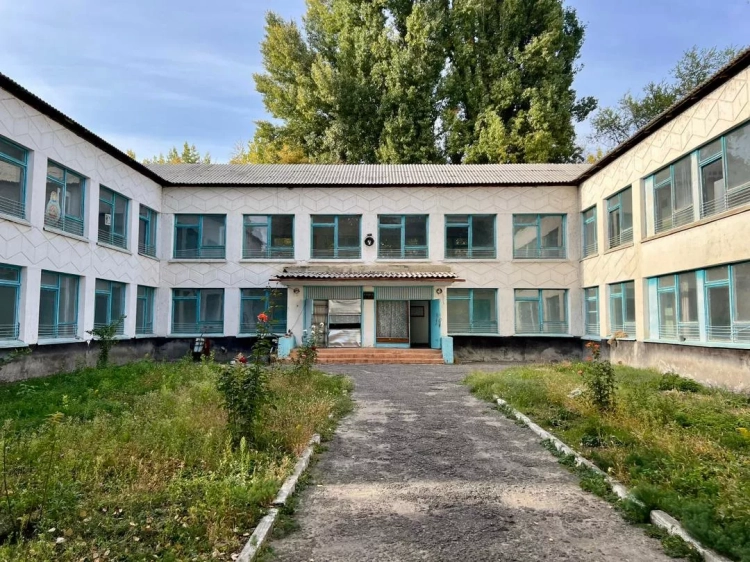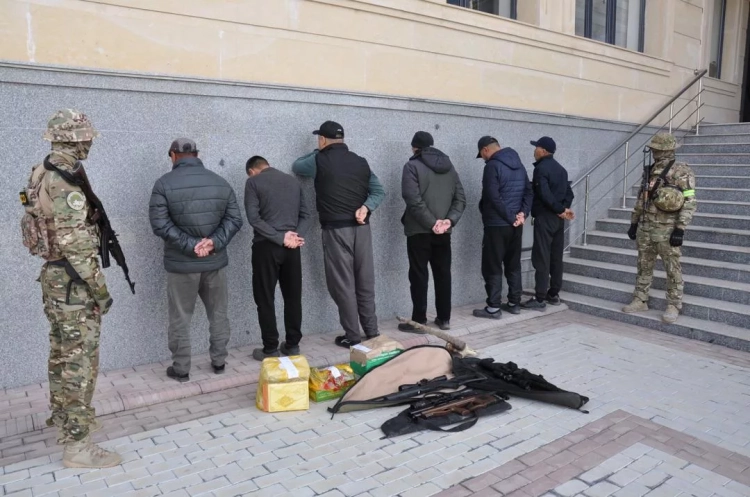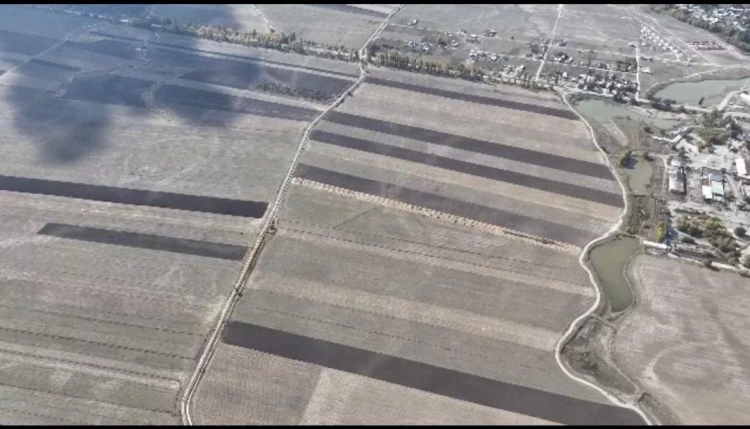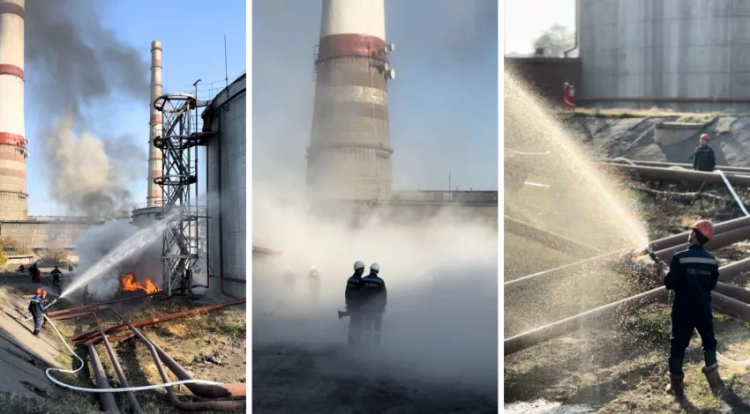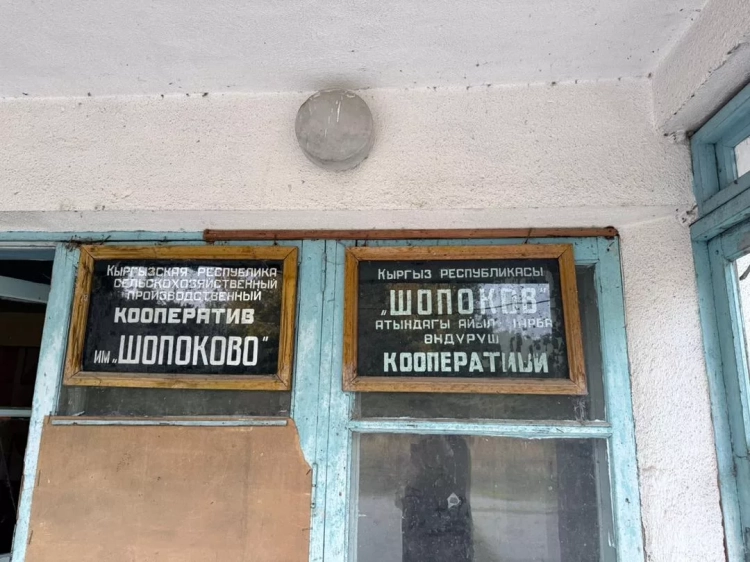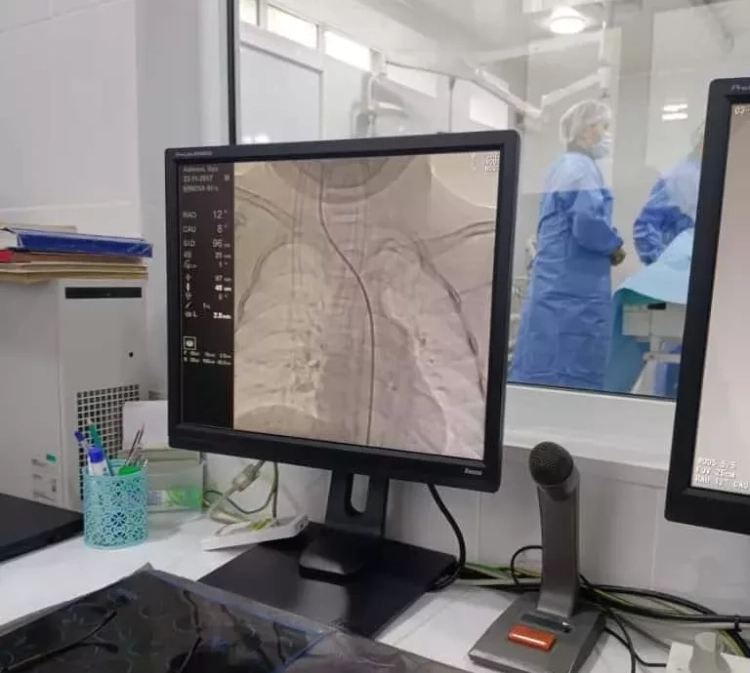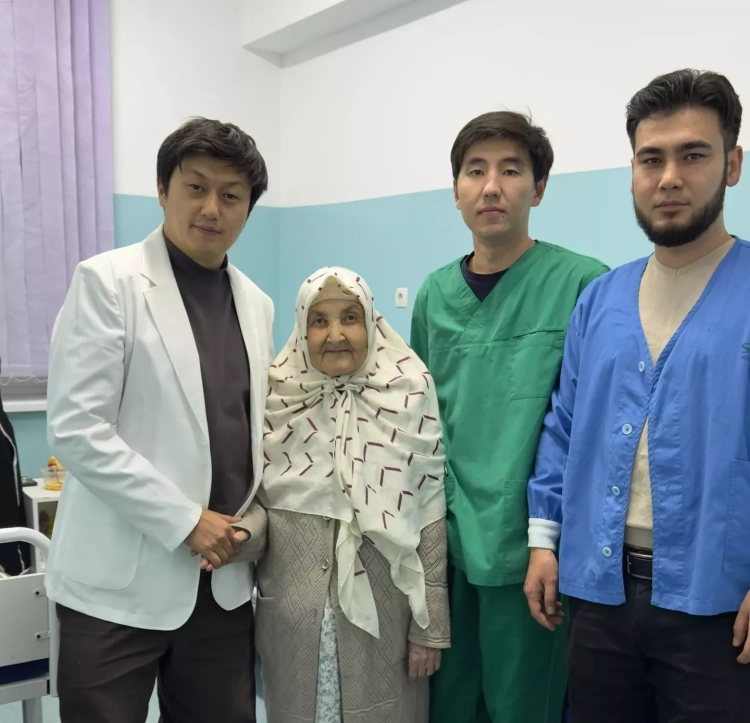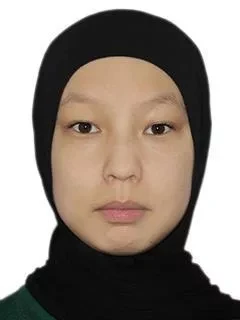Belek Jumabaev, endowed with vivid imagination and sharp observation, was the first to paint thematic works without an etude basis, rejecting plein air painting.
The choice of themes also changed. While Chuykov, Aitieva, Akylbekov, and subsequently artists of a different generation depicted themes of everyday life, labor, and history with a high degree of realistic authenticity, as they calibrated each image with live observations recorded in sketches, B. Jumabaev mainly materialized his ideas, using them to create paintings where drawing and painting, through their emotionality, set the mood revealed by the plot. Such is his painting "In Summer" (1969), depicting a teenager lost in dreams on the expanses of the grassy slopes covered with dried grass.
The foundation of the image is the drawing, which conveys the fragile tenderness of the boy and outlines the smooth movement of the hills; the light ochre color scheme creates a mood of thoughtless contemplation, a dissolution in a world of dreams perceived by a child's imagination as a living reality.
Animalistic motifs hold a special place in B. Jumabaev's work ("Son," 1968; "Lost," 1970). His extensive experience in graphic techniques is reflected in B. Jumabaev's painting "The Hunter's Tale" (1968), where the interior of a yurt and the old hunter, depicted frontally against the backdrop of a stretched animal skin, are painted monochromatically, with the artistic image created through drawing.
A wonderful draftsman, B. Jumabaev had a free command of line, which was always resilient, melodic, and at the same time precisely constructive and plastic. Such mastery of drawing also influenced his painting, although his painting is not graphic due to the acute perception of the colors of living nature, understanding the decorative potential of painterly texture, and the harmony of color relationships.
A serious claim to historical composition, unfortunately not fully realized, is his painting "The Twenty-Five Thousandth" (1969), executed succinctly, strictly, with a sense of historical perspective.
The painting is distinguished by its poetic imagery. In it, all elements of form are fused in a single surge of inspiration to reveal the moral purity and ideological conviction of the image of a communist from the 1930s.

Interest in folk life, in addition to the painting "The Hunter's Tale" (1968), is evident in the works "The Shepherd's Daughter," "Mother" (1968); "Autumn Day in the Mountains. Making Ala Kiyiz" (1969). In these genre paintings, set against landscape backgrounds, nature is depicted realistically despite its conventionality, although it plays a distinctly subordinate role.
Deeply feeling nature, B. Jumabaev also painted several landscape works, although his landscape sketches are characterized by compositional and painterly completeness. However, regardless of the picturesque-artistic qualities of his landscape sketches, they are generally unambiguously intimate in their figurative resonance, while his landscape paintings are epically powerful in their plasticity, color masses, and the thoughts embedded within them.
A typical landscape is "Spring in the Mountains" (1966). Unlike artists of the older generation, B. Jumabaev was not interested in depicting the sky. In his canvases, the main focus is on the plasticity of the mountains, their deep and intense life. The heavy masses of the slopes and the snowy ridges, shining with their mighty beauty in the purity of the atmosphere, affirm the objectively beautiful as the norm of natural existence.
Details such as the wet plowed field, echoing the contours of the hills, and the running three sheepdogs with their manes and tails waving in the wind, bring warmth to the landscape, reflecting a human heart living in harmony with the mighty forces of nature.
In 1974, after a trip to the Toktogul Hydroelectric Power Station, B. Jumabaev turned to industrial landscapes, creating eight canvases that, while inferior in thematic resolution to his thematic paintings and "pure" landscapes, are equally vigorous in their painting.
The work of B. Jumabaev, spanning a twenty-year period (from 1957 to 1977), is a bright page in the history of Kyrgyz visual art. Due to its programmatic nature, it had profound consequences for the development of Kyrgyz painting in the 60s and 70s. B. Jumabaev independently, free from any influences, posed and skillfully solved a number of creative problems in both the search for new themes and their formal embodiment.


